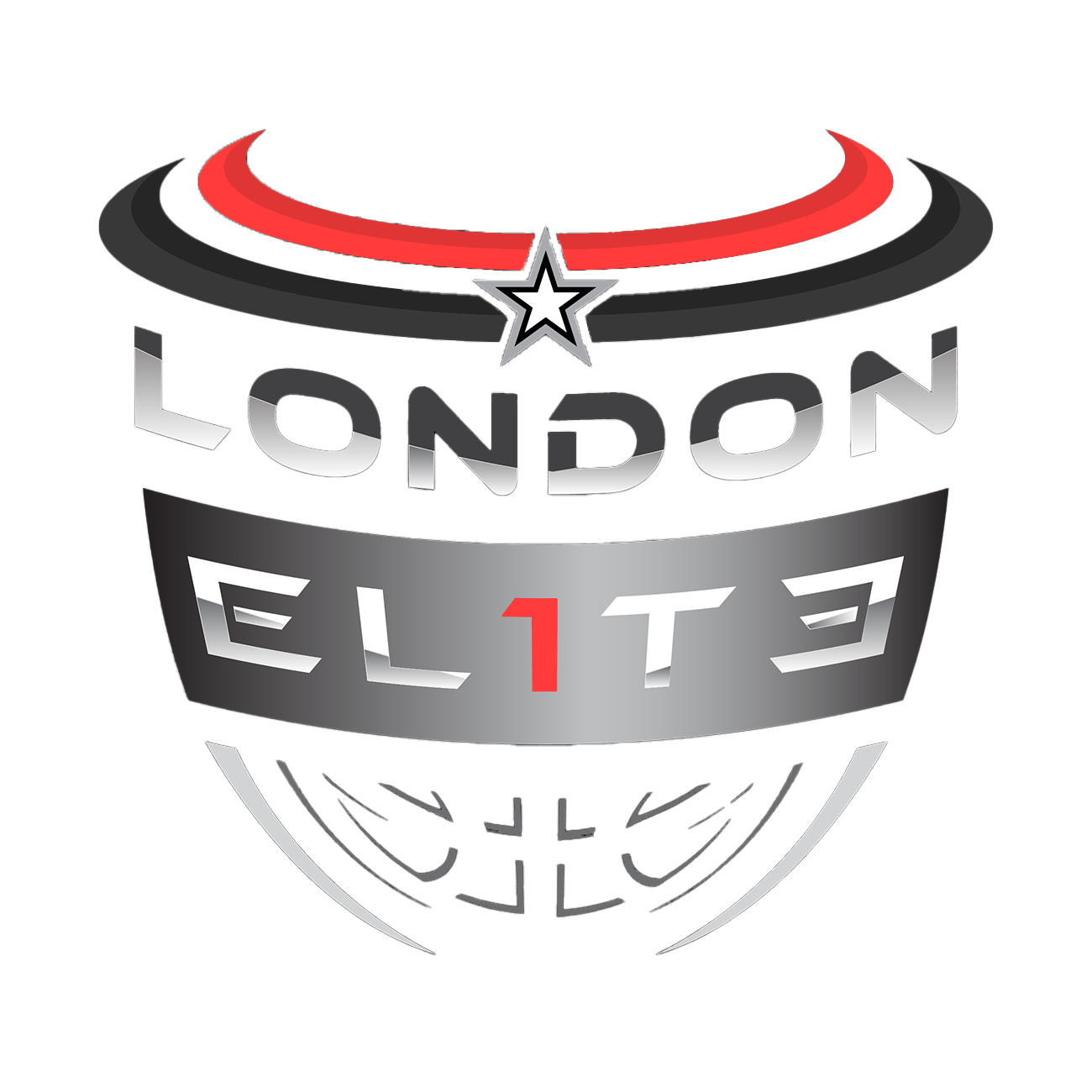Basketball has five main positions, each with specific roles and responsibilities. Here’s a simple breakdown of each position:
1. Point Guard (PG or 1)
- Role: Primary ball-handler and playmaker.
- Responsibilities:
- Initiates the team’s offensive plays.
- Distributes the ball and creates scoring opportunities for teammates.
- Defends the opposing team’s point guard and disrupts their offense.
2. Shooting Guard (SG or 2)
- Role: One of the main scorers on the team.
- Responsibilities:
- Excels at outside shooting, especially 3-pointers.
- Can create their own shot off the dribble.
- Defends the opposing shooting guard and helps on defense.
3. Small Forward (SF or 3)
- Role: Versatile scorer.
- Responsibilities:
- Scores from both inside and outside.
- Crashes the boards for offensive rebounds.
- Defends the opposing small forward, often the other team’s best scorer.
4. Power Forward (PF or 4)
- Role: Plays close to the basket.
- Responsibilities:
- Scores with back-to-the-basket moves and mid-range jumpers.
- Boxes out and secures defensive rebounds.
- Defends opposing power forwards.
5. Center (C or 5)
- Role: Tallest player, plays near the basket.
- Responsibilities:
- Scores on post-ups, put-backs, and alley-oops.
- Protects the paint on defense.
- Boxes out and gets defensive rebounds.
Team Structure
- Guards: Point guard and shooting guard.
- Forwards: Small forward and power forward.
- Center: One center.
A standard basketball team has two guards, two forwards, and one center.
Summary
While the responsibilities can change based on team strategy and individual skills, these are the traditional roles for each basketball position.
